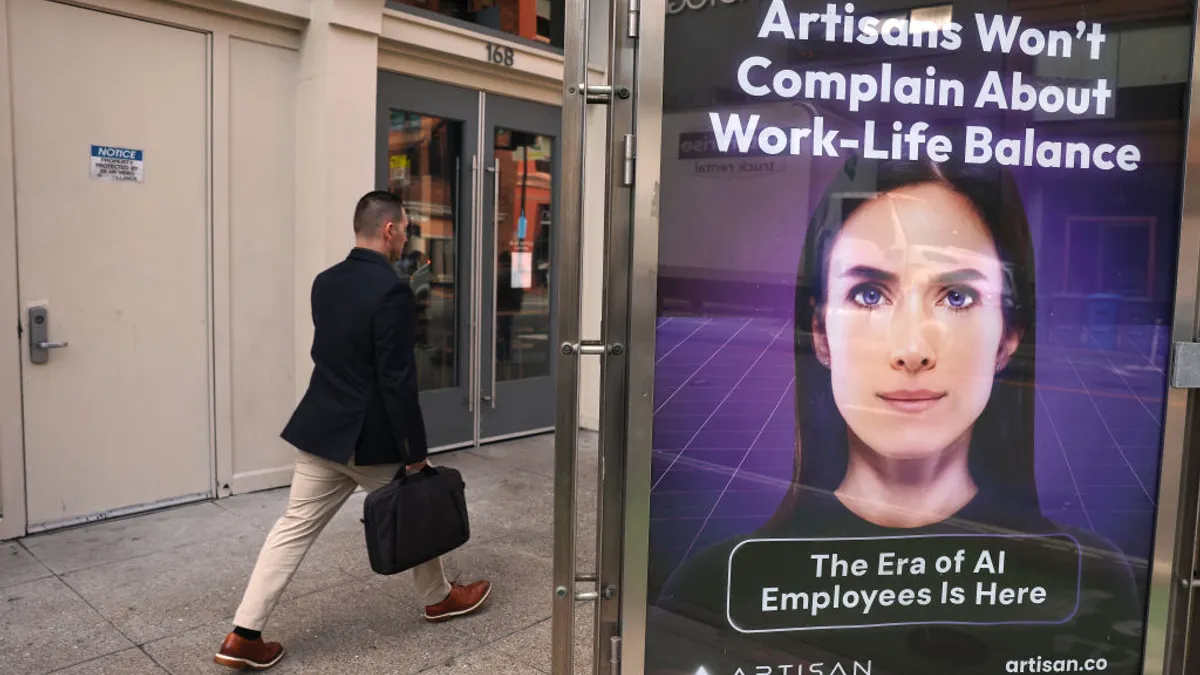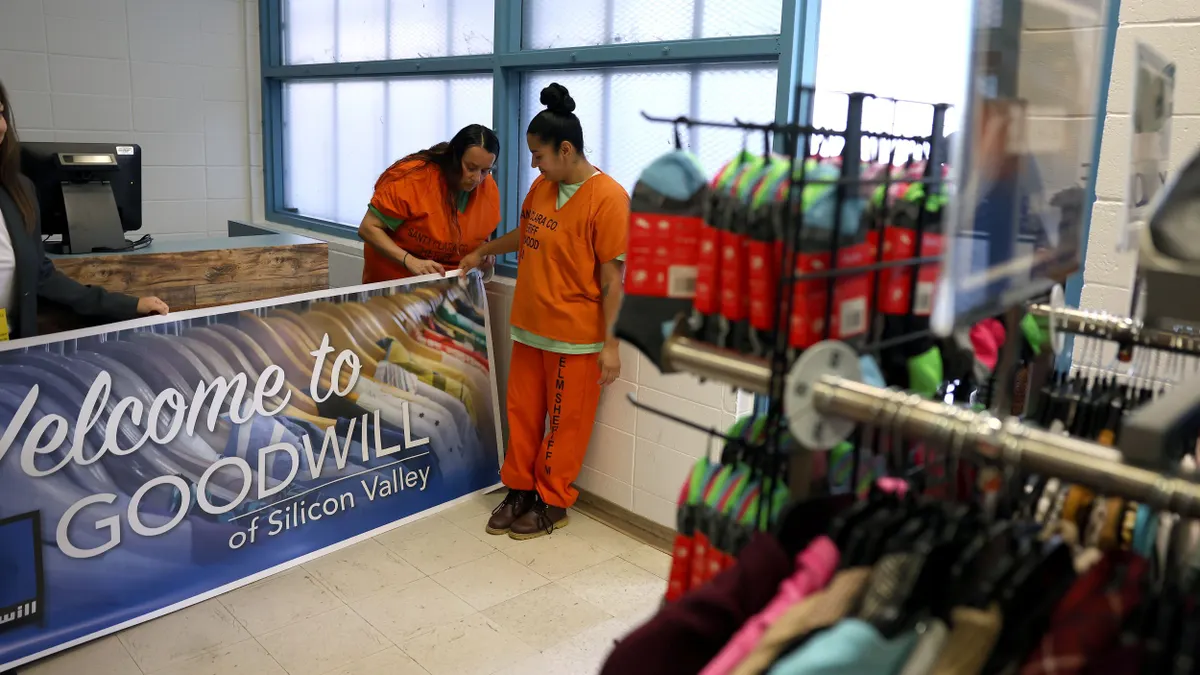After investing in improving employee experience during pandemic-driven talent shortages, employers in general are pulling back, which could affect how their employees feel about work — and employers’ bottom lines.
In its “Predictions 2024: The Future of Work” report, Forrester found that employee experience will be taking a back seat in 2024, leading to what they call an “EX winter.”
Companies are “less interested in employee experience in general,” thus making it an easy target for cutting costs or cutting corners, said J.P. Gownder, vice president and principal analyst on Forrester’s Future of Work team. Strategies that improve engagement, productivity and ultimately growth, are being stepped back.
For example, Forrester noted that the number of employers who said they were funding an internal DEI function dropped from one third of those surveyed to 27% from 2022 to 2023; the firm predicts it will fall further to 20% by the end of 2024. Some companies will default to checking a box to say that they’ve met DEI goals, he said, instead of truly funding DEI initiatives that make a difference to employees.
One reason, Gownder said, is that the labor market isn’t as tight anymore. “Oftentimes employers will invest in employee experience when there’s a lot of attrition or things are going poorly on the employee front and they can’t keep talent,” he said, as was the case during the Great Resignation.
That’s not the case anymore. When companies “aren’t so desperate to keep people, often they take their foot off the accelerator” when it comes to talent.
They may spend, but may not spend in the right way, Forrester found: 66% of technology decision-makers who work in software say they’ll increase investment in EX/human capital management software in 2024, but those investments won’t be used to their full advantage. Forrester instead predicts that those investments will make HR functions efficient instead of improving EX outcomes.
An EX winter will continue to freeze out employees
Employee engagement already took a tumble between 2022 and 2023, and will continue to do so in 2024, Forrester said.
Between 2022 and 2023, employee engagement fell from 48% to 44%, and culture energy fell from 69% to 66% in the U.S. Forrester predicts that in 2024, those numbers will fall to 39% and 64%, respectively.
Employee engagement as a measure of employee experience “is crucial to productivity, to creativity, to driving most of the interest and motivation that people have at work,” said Gownder. “If you are losing that, then folks are not giving their all, and not getting the most out of their employment.”
That hurts the company overall, he said. “When you disinvest in employee experience, and you go back to cost cutting and treating people as merely resources rather than valued partners, your organization will see engagement go down, and therefore other things go down as well.”
Zig where others zag
Not all is lost, Gownder added. An EX winter can be avoided by bucking these trends, and keeping the proverbial foot on the accelerator. That means investing in genuinely engaging with employees instead of cutting costs or relying on checklists that fake it.
“The employee experience thesis states that investing in employees, in human-centered experiences raises engagement, lowers attrition, raises productivity and makes customers happier too because happy employees lead to happy customers,” he said.
For companies that are going to continue to invest in employee experience, they should also be measuring and understanding how employees are feeling about those investments, he said. “These two things often go hand in hand.”
And that listening part is often left behind. In their report, Forrester found that just 31% of business and technology professionals who say improving employee experience is a priority also feel that collecting employee feedback is a key action they’re taking to bolster employee experience. Forrester expects that to rise to 34% in 2024.
Efforts to measure engagement include collecting data about things like digital activities, badge swipes and analytics about time off, but the challenge is still for C-level leaders to effectively use data to listen and learn how employee success improves organizational success, rather than just tracking work compliance.
The key is to focus on both investing, and how those investments truly impact employees.
“Keeping an eye on both of these things are critical, but if you don’t invest in EX and your numbers go down, you know who to blame,” he said.



















